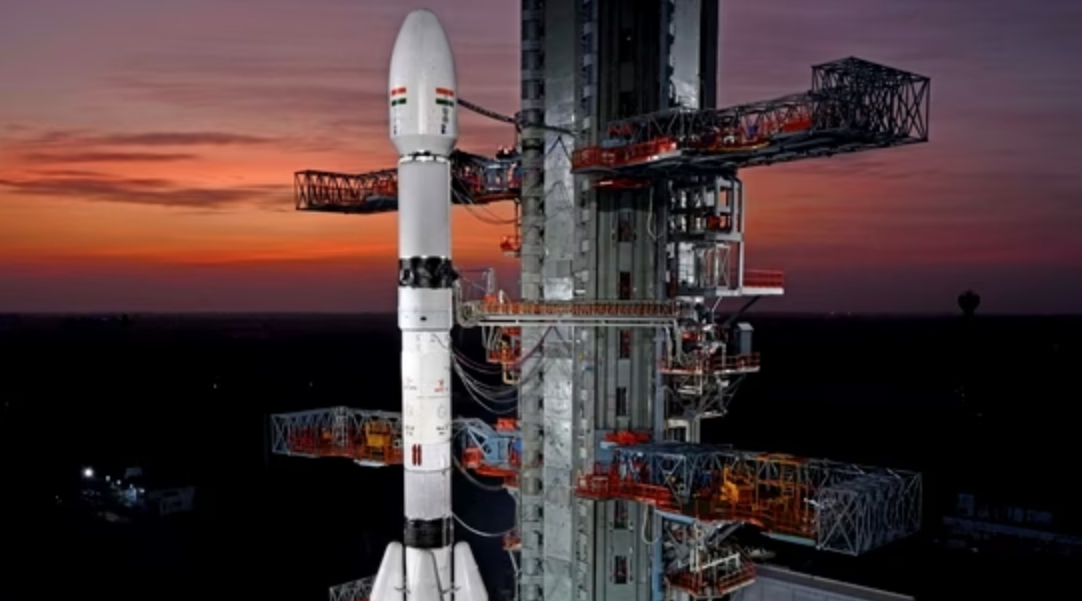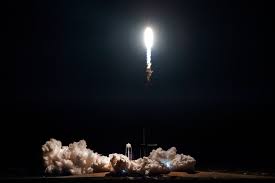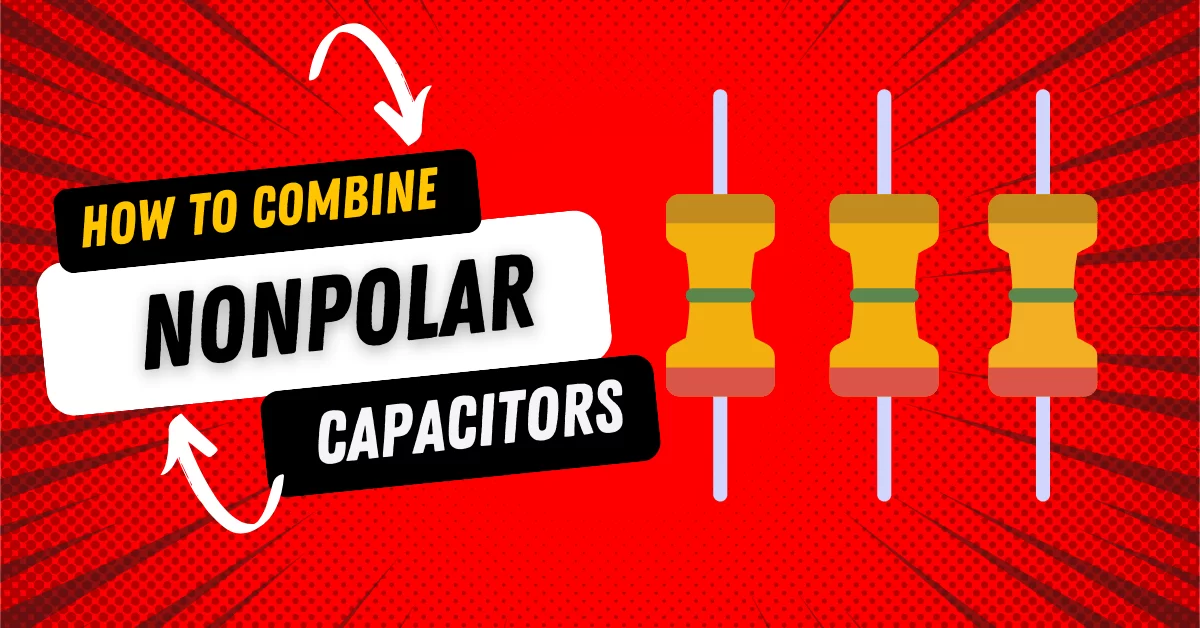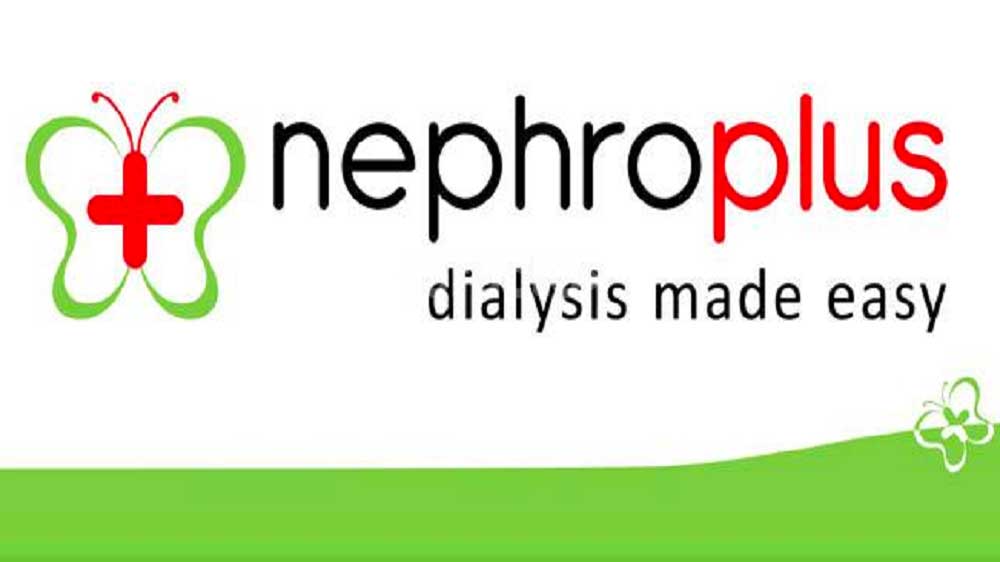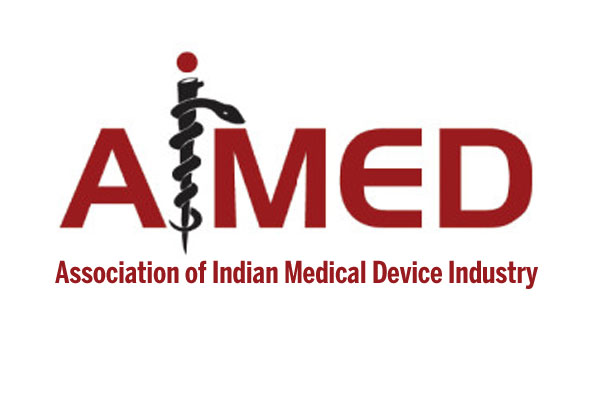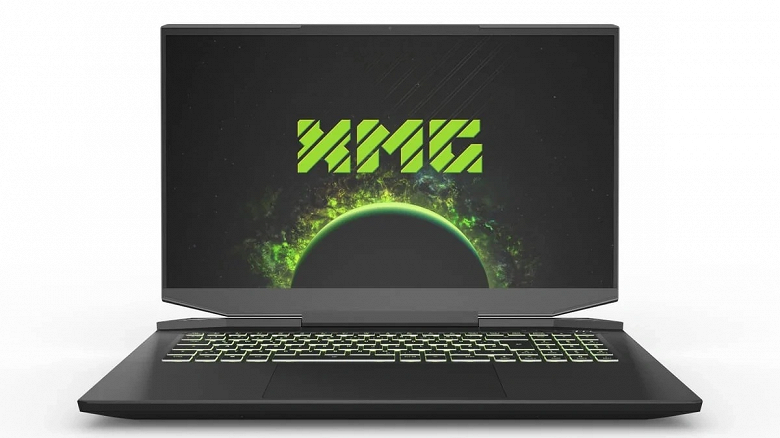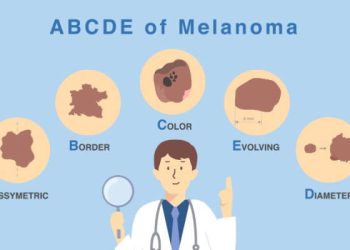NASA conducted the second fire test of the updated RS-25 engine for the lunar program “Artemis”
Yesterday, April 6, as part of a new series of activities to develop and manufacture Space Launch System (SLS) super-heavy rocket engines for future flights to the moon, NASA conducted a second firing test of a single updated RS-25 engine. The complete burn lasted over eight minutes (500 seconds) and was performed on the A-1 testbed at the John Stennis Space Center near St. Louis Bay.

It is part of a planned series of seven tests designed to provide valuable data to Aerojet Rocketdyne, SLS’s primary engine supplier, manufacturing 24 refurbished engines under existing contracts with NASA. The company is now preparing to set up updated versions of the RS-25, which will be used after the first four SLS flights.
The first stage of the SLS is equipped with four RS-25 engines: they can generate a total of 7.1 meganewtons of thrust at the start and 8.9 MN – at the ascent. The RS-25 engines have already passed certification tests for the first four SLS flights. In fact, they are slightly modernized main engines used in the Space Shuttle program for 135 missions. 16 of these old-style engines remained in warehouses, and they will provide the first 4 missions of the lunar program.
In a new series of tests, operators are focused on evaluating the new components of the updated RS-25 and mitigating operational risks. They will run the engine under various conditions to evaluate and test its capabilities and provide data to expand the production of updated engines using advanced and more economical technologies, including 3D printing, which will reduce production costs by 30%. … Also, the capacity of the units has increased by 11%.
The first fire tests of the updated RS-25 were carried out on January 28 – then it also worked for 500 seconds (this is how much time it takes to put the SLS into orbit). In a final firing test on April 6, operators also mounted an RS-25 engine in the gimbal, using a new vector control system for the first time since installation. The gimbal moves the motors along a narrow circular axis to ensure the correct flight path.
NASA calls the SLS the most powerful rocket in the world. SLS will fly to the moon as part of the Artemis program, with the first unmanned launch this year. Subsequent missions are already being planned manned. Testing the RS-25 at the John Stennis Space Center is being conducted by a joint team of space services operators NASA, Aerojet Rocketdyne, and Syncom Space Services.
